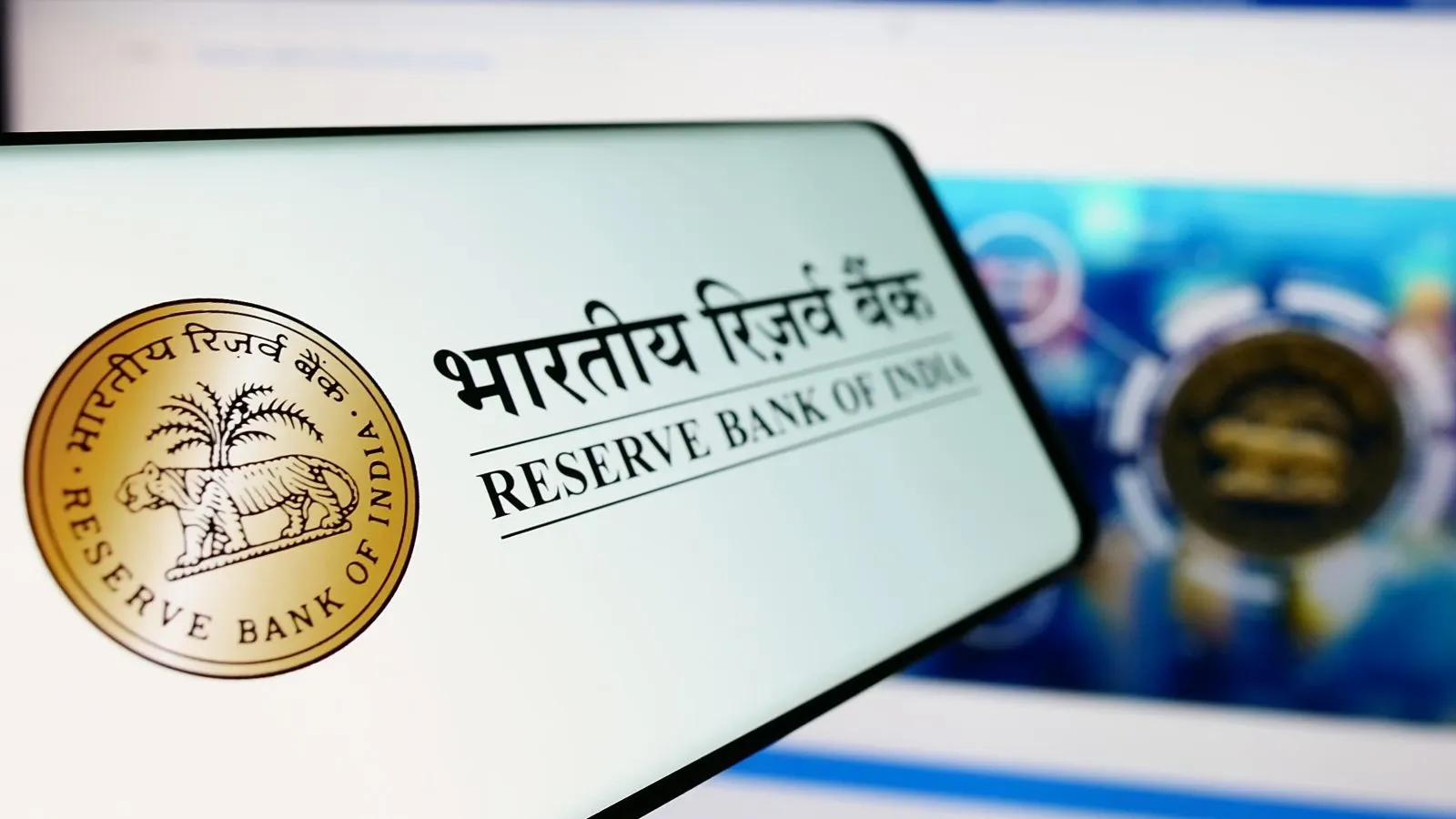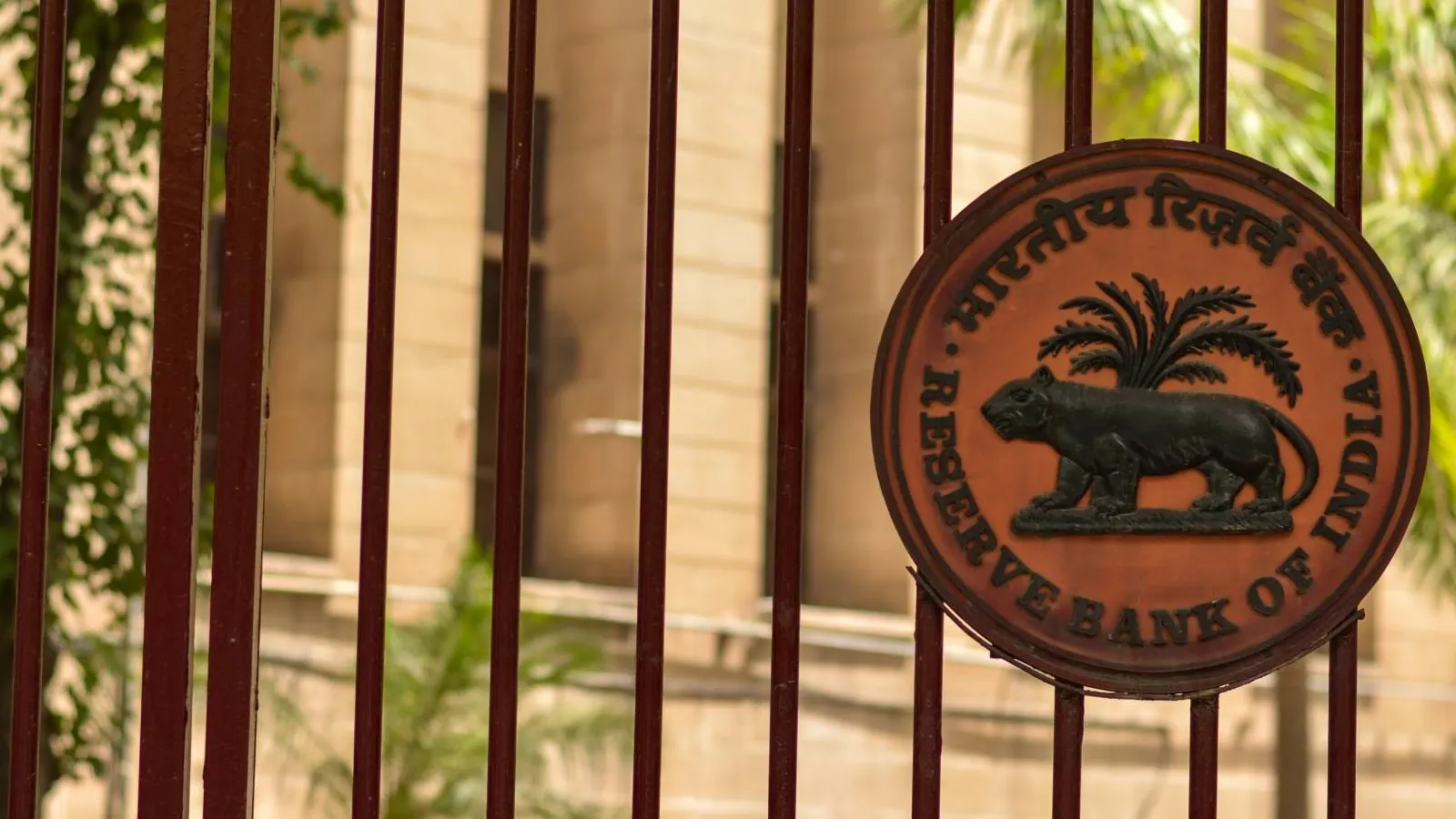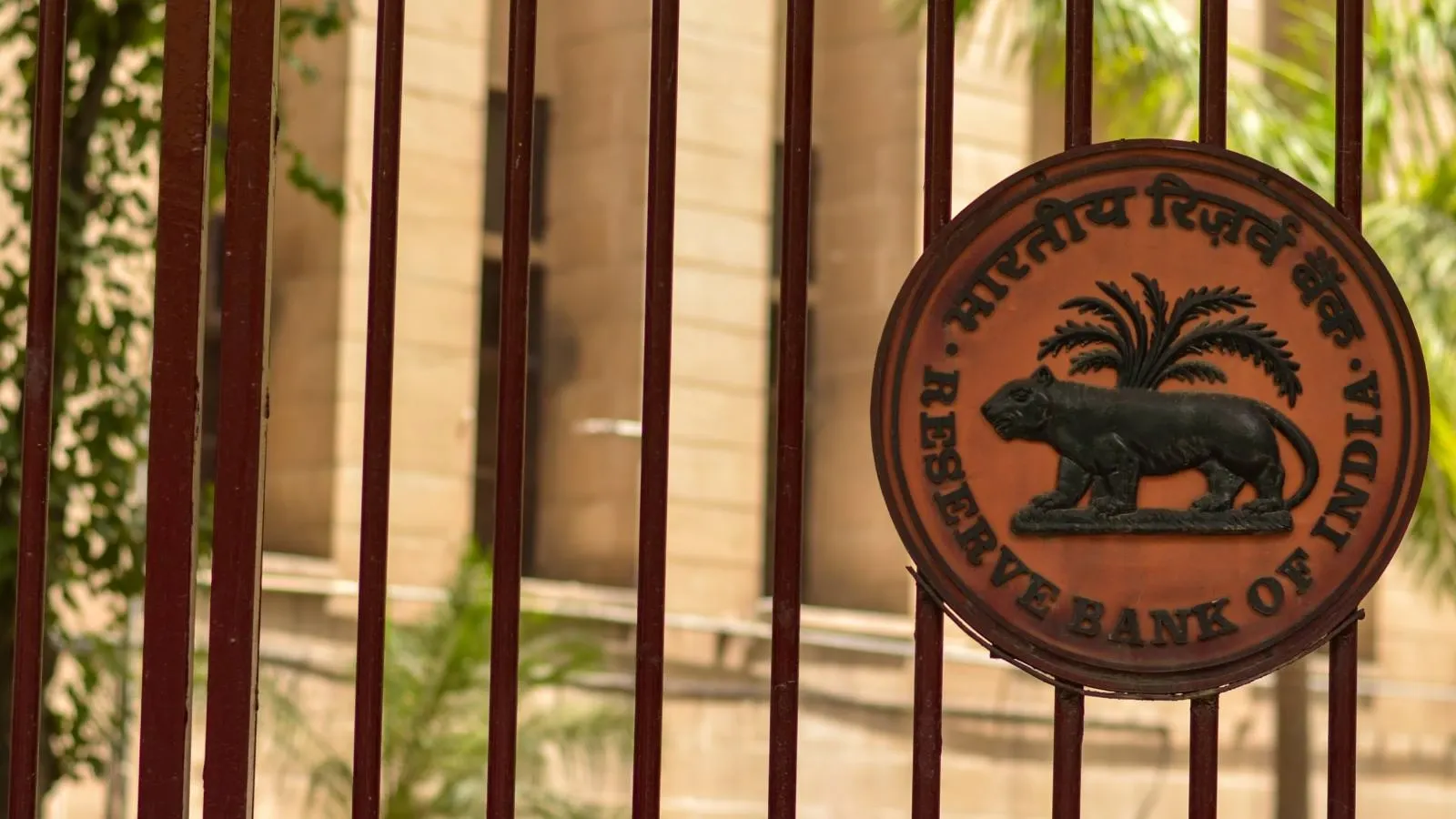Personal Finance News
RBI digital currency FAQs: What is CBDC and asset tokenisation, how to use safely and more

7 min read | Updated on October 10, 2025, 14:32 IST
SUMMARY
The RBI is also exploring bilateral and multilateral cross-border payment pilots using the digital rupee, aimed at dealing with longstanding issues of turnaround time, efficiency and transparency in international transactions.

Digital Rupee is a sovereign currency issued by the RBI and can be easily converted into cash or commercial bank money.
The Reserve Bank of India (RBI) has developed a Unified Markets Interface (UMI), which is expected to translate into a next-generation financial market infrastructure. The interface will tokenise financial assets and settlements using wholesale Central Bank Digital Currency (CBDC).
In simple words, the new system will make financial trading between banks fully digital, faster and more secure by using digital tokens.
“The Reserve Bank has conceptualised a Unified Markets Interface as a new next-generation financial market infrastructure. This interface will have the capability to tokenize financial assets and settlements using wholesale Central Bank Digital Currency (CBDC),” RBI Governor Sanjay Malhotra said at Global Fintech Fest 2025.
On October 8, the RBI conducted a pilot on deposit tokenisation for bank-to-bank dealings, according to a Reuters report quoting RBI chief general manager Suvendu Pati. The RBI said that only a few banks would participate in this pilot initially.
Let’s understand what this means by digging deeper into how digital currencies function, what role asset tokenisation plays in it and what it could mean for users in the near future.
What is asset tokenisation?
Asset tokenisation converts real-world assets, like gold, into digital tokens on blockchain (or other distributed ledger technology). It opens new possibilities for the financial markets and offers global trading opportunities with enhanced transparency and efficient settlements.
Now, in deposit tokenisation, for which a pilot has already been conducted by the RBI, deposits held at banks would be represented as tokens. These tokens can then be used and transferred across systems.
The point is to make these tokens represent bank deposits, so 1 token = 1 unit of deposit.
Governor Malhotra said that the inaugural pilot showed encouraging signs of improving market efficiency. This means that tokenised deposits could function more efficiently with lower friction and better transparency.
Importantly, the pilot was built on the wholesale leg of India’s CBDC.
What is CBDC?
A Central Bank Digital Currency (CBDC) is a digital form of a country's fiat currency. Basically, a digital version of cash issued by a country’s central bank. A CBDC functions like physical money but is digital and sovereign, offering a direct claim on the central bank, allowing for secure transactions. CBDCs are aimed at enhancing financial inclusion.
In India, CBDC refers to the Digital Rupee (e₹), which is a digital form of the physical Rupee issued by the Reserve Bank of India (RBI). It acts as a legal tender and works as a safe and digital representation of cash that can be used for transactions. It has the same exchange rate as physical currency. A legal tender means that it has the same legal status as physical cash and can be exchanged one-to-one.
The Digital Rupee is distributed through participating banks and stored in users' digital wallets. It has different versions for both retail and wholesale use.
The retail version, CBDC-R, is for the general public and businesses in retail transactions. CBDC-W (Wholesale) is for use by financial institutions for wholesale transactions and interbank transfers.
The RBI used the wholesale CBDC (referred to as e₹-W) as the base for the pilot because it’s made for banks and financial institutions to settle money between each other. Under this, the RBI acts as the primary trusted middle point for all transactions.
CBDC pilots
In November 2022, the RBI launched a wholesale CBDC pilot to facilitate settlement of government securities market transactions. Further, the central bank launched the CBDC pilot for retail (e₹-R) in December 2022, covering person-to-merchant (P2M) and person-to-person (P2P) transactions in select cities.
As of March 2024, use of CBDC retail has increased significantly, reaching ₹234 crore from just ₹6 crore a year ago. On the other hand, wholesale CBDC usage has decreased, as per the RBI’s annual report for the financial year 2024-25.
The e-rupee retail pilot was expanded to 17 banks and 60 lakh users as of March 2025. Many use cases have been tested, including direct benefit transfers tied to carbon credit generation and loans for tenant farmers under the Kisan Credit Card scheme.
The e₹ was used to disburse payments to around 88,000 beneficiaries under Odisha’s Subhadra Yojana. The RBI is planning to expand the utilisation of CBDC programmability for fund transfers with defined end uses in collaboration with central and state government agencies.
The RBI is also exploring bilateral and multilateral cross-border payment pilots using the digital rupee, aimed at dealing with longstanding issues of turnaround time, efficiency and transparency in international transactions.
“Simplifying cross-border payments was one of the stated advantages of the CBDC, which had to be introduced in the face of the challenge to the currency system from non-fiat virtual currencies like Bitcoins,” the central bank said earlier this year.
How does tokenised deposit actually work?
For tokenised deposits, a customer deposits a selected asset with a trusted custodian, like a bank. The bank then issues a corresponding amount of digital tokens on a blockchain network. While the customer holds the underlying asset, he/she can freely trade these tokens across various exchanges or platforms.
This offers greater flexibility and liquidity when compared with traditional investments.
- You deposit 10 gram of gold in a bank.
- The bank gives you 10 digital “gold tokens” on a secure online system, like an app, with each token representing 1 gram of gold.
- While your actual gold is still safely stored with the bank, you can sell, trade or use your tokens easily online. This is faster than trading physical gold.
- This means that you don’t need to move the real gold every time you trade. You still own the actual gold, and the tokens just represent it digitally.
Tokenised deposits are like turning something real (gold, money, bonds) into digital tokens you can trade freely, while the real asset is stored safely. Just like how video game coins or gift cards work. The RBI is reportedly planning to explore tokenisation in money market instruments further.
How can you use e₹ currently?
You can use e-Rupee (Digital Rupee) to make payments to merchants and individuals, just like you use cash or a physical wallet. It functions like UPI; you just need to scan a QR code or send money to a registered user's phone number.
At least 15 major banks, including the State Bank of India, ICICI Bank, HDFC Bank, YES Bank, Axis Bank, PNB and Kotak Mahindra Bank, are participating in the e₹ programme.
These banks have launched their digital rupee app to enable transactions.
-
Download an e-Rupee wallet app from a participating bank.
-
Register on the app by providing relevant details.
-
Accept the terms and conditions.
-
Set up the PIN.
Through your linked bank account or UPI, add funds into your e₹ wallet and then use it for payments.
You can scan the merchant's e-Rupee or UPI QR code at the point of sale and pay using your wallet app. Moreover, you can also send money to any beneficiary by their mobile number or by scanning their e-Rupee QR code.
Is it safe to use digital rupee?
Yes, it is safe to use the digital rupee. It is a sovereign currency issued by the RBI and can be easily converted into cash or commercial bank money. Notably, it is safe from being destroyed by tearing, burning or physical damage. No other digital form of money can replace the e-rupee.
Digital rupee does not function like cryptocurrency, which is a risk-driven market. The value of cryptocurrency changes depending on the market conditions, but the value of e₹ is fixed and is maintained throughout, just like physical cash.
Related News
By signing up you agree to Upstox’s Terms & Conditions
About The Author
Next Story



